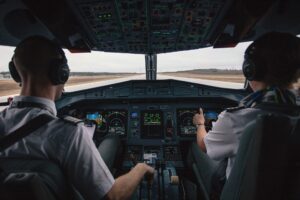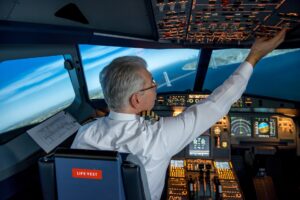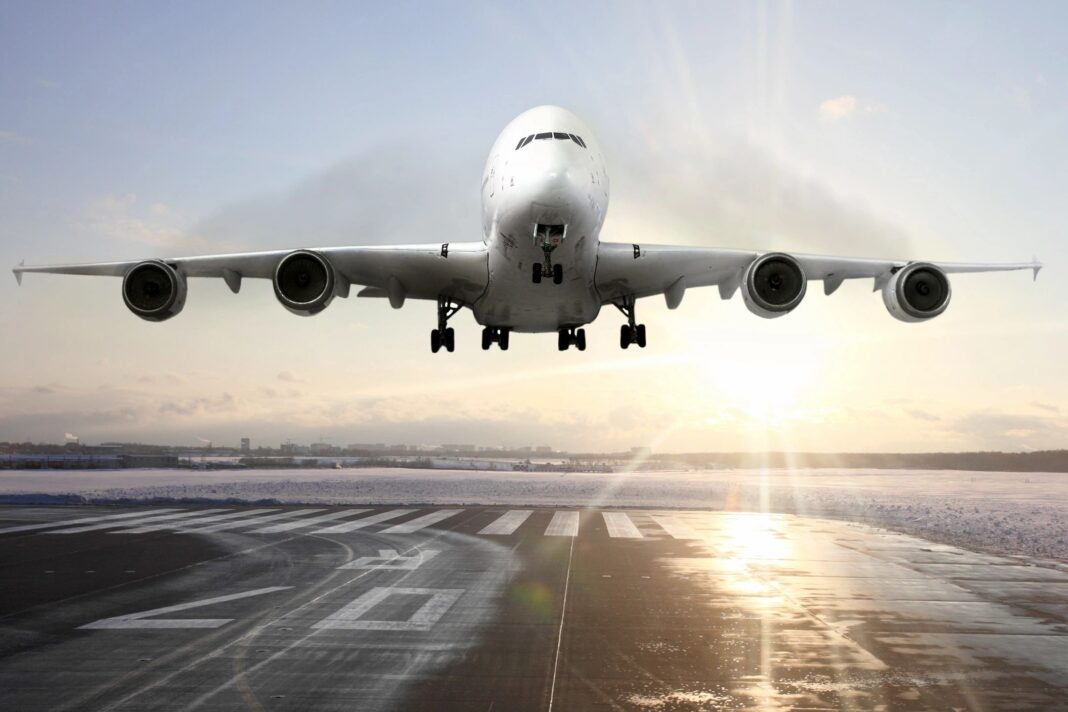When you were young, did you ever dream of flying? Have you ever watched a plane soar through the sky with admiration, or maybe even jealousy? If so, you’re not alone. Flying is an exhilarating experience, and it’s one that most people can enjoy. While becoming a commercial pilot may sound like a lofty goal, earning your private pilot’s license is more achievable than many people think.
Getting your private pilot’s license can be a fun and exciting process while being a serious undertaking. The FAA requires that you complete at least 40 hours of flight time before you are awarded your license. The FAA is entitled to ensure you have enough flying experience before commercializing your expertise. Ultimately their goal is to produce a responsible and competent pilot. Here, we’ve put together a list of the steps you need to take to get your private pilot’s license.
Check out the cheapest private jet charters online.
Eligibility
It may seem surprising, but there are few eligibility requirements for obtaining a private pilot’s license. You need to be at least 17 years old and read, speak, write and understand English well enough to operate an aircraft safely.
Having perfect vision is not necessary, but if you wear glasses or contacts, you must have them with you while flying. You don’t need any previous flight experience. Pilots with military experience often have an easier time learning because of their familiarity with some instrumentation and aircraft procedures, but civilian pilots also learn very quickly.
The main difference between military and civilian training is that the military has much more rigorous standards than civilians.
Getting a Student Pilot Certificate
A student pilot certificate is proof that the FAA has determined you are “physically and mentally able” to fly. If a flight instructor determines that you meet the knowledge and skill requirements, you will get your student pilot certificate during your first lesson. You can also visit an FAA-designated examiner for initial certification.
Obtain an Aviation Medical Certificate
Unless you have a particular medical certificate that allows for certain limitations, the FAA requires all pilots to have a current third-class medical certificate to exercise their pilot privileges.
You must apply for this at an aviation medical examiner, usually located near an airport. You can find an AME using the FAA’s online database. The examination is more rigorous than a regular doctor’s physical because it assesses your ability to fly an aircraft. It includes vision and hearing tests, urine and blood samples, and questions about your health history. You must pass this exam before continuing with your pilot’s training program.
Find an Instructor 
Most prospective pilots learn with a flight school, which will help them find and book qualified instructors to train them through their license program. Your flight training will consist of classroom time and time spent flying with an aviation instructor in either a single-engine or multi-engine plane (depending on which rating you’re pursuing).Some flight schools offer more comprehensive training than others, so ask questions and learn how to choose the right one for your needs. On the same note, if you’re looking for more flexibility in your training, such as shorter lessons or lessons at unconventional times, consider looking for independent instructors by looking at recommendations on local airports.
View our Villiers Jets review to learn more about this Global luxury charter.
The FAA Written Assessment and Examination
You’ll need to pass a written test before you can get your pilot’s license. The familiarization flight is more of a warm-up, while the written exam will be the real test. The FAA has several different kinds of exams, but the one you take will depend on what kind of certificate you’re going for. If you’re taking a private pilot’s course, you’ll need to pass a private pilot exam. You can find all the test options on their site.
Start Flying
Once you’ve chosen an instructor, you’ll want to start flying! The experience starts on the ground with ground instruction, where you will learn how the airplane works and basic aerodynamics. You’ll also learn about navigation techniques and the rules of the skies. Once you master all of this in the classroom, it’s time to fly. You’ll get an introduction to aviation from your instructor and learn about taxiing, takeoffs, and landings as well. The FAA requires at least 40 hours of flight time before becoming a pilot. That includes at least 20 hours with an instructor and 10 hours solo and practice in cross country flights and night flying.
Take the CheckRide Exam
Now that you have completed your training, it’s time for the FAA practical exam, commonly known as the checkride. The checkride consists of two parts — an oral portion, where you demonstrate an understanding of flight theory and procedures, and a flight portion, where you demonstrate your flying skills under the supervision of a qualified examiner.
During the oral portion of the exam, the examiner will ask you questions about various topics related to aviation, including air regulations, flight rules, aerodynamics, and more. The examiner then takes you on a flight to observe your piloting skills. They will require you to perform various maneuvers such as takeoff and landing before becoming a pilot.
While in flight, they may simulate engine failures or other emergencies requiring certain procedures to be performed.Once you have completed your FAA Practical Test, you have completed all of the requirements necessary to obtain your Private Pilot’s License. Your instructor will write a recommendation in your logbook to issue your license.
In the meantime, you will be issued a temporary airman certificate. This is a paper copy of your license with a photo attached. You may show this to potential employers or use it as proof of your pilot rating.
Congratulations! You are Now an Official FAA Private Pilot
Hopefully, you’ve found this guide helpful. Remember that the most important aspect of learning to fly is having fun staying safe, and remember that flying is a privilege, not a right! 
Flying is one of the most fulfilling experiences a person can have, both while up in the air and on the ground. Once you decide to fly, you will be amazed at how this seeming activity-oriented endeavor begins to creep into all aspects of your life. The PPL training is just the beginning of what will prove exciting, challenging, and fulfilling activity that can fill many years in your life with meaning and fulfillment, so it’s worth every penny and hour spent doing it.










